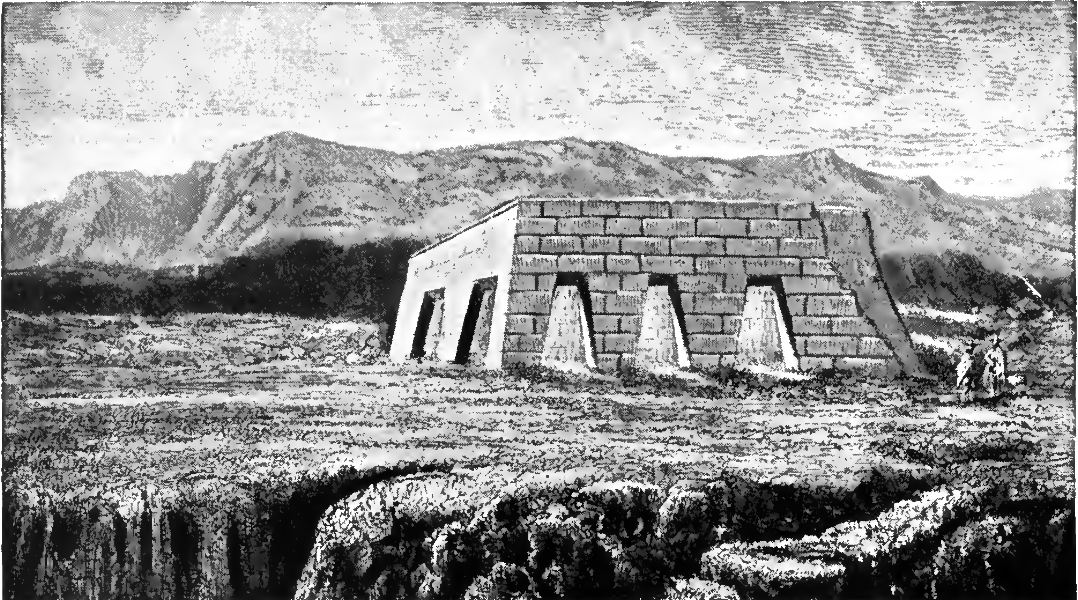<![CDATA[Archaeologists have been working in Peru for years to uncover the various wonders and mysteries of the Inca civilization. A group of archaeologists have uncovered 25 quipus, ancient devices that were based on strings and used to solve complex mathematical problems and help out with keeping records. This discovery was made in the archaeological complex of Incahuasi which is located to the south of Lima. They were found in ancient warehouses, known as kallancas, and not in funerary contexts as had been the norm till date. This makes the find even more unique. The placement of these quipus suggest that they were used by the Incas for administrative purposes. Incahuasi is considered to be one of the most strategic cities to have been built by the Incas in the Lunahuana Valley. Quipus, also known as talking knots, normally consist of spun and colored thread or strings made from alpaca or llama hair. These devices were used for a range of functions in the Incan civilization such as census records, military organization, tax obligation monitoring and calendrical information. These cords were offered with certain values that were encoded in a base-10 positional system. Some of these quipus were also known to have about 2000 cords. According to the Khipu Database Project, most of the khipu were made during the Inca period. The Incan empire had its heart in Cuzco, a city located in the Andes Mountains in Southern Peru, and it stretched from Ecuador all the way through Central Chile. According to old world documents that date back to the colonial era, khipu was used to send messages by runners and keep records all through the Incan empire. About 600 khipu have survived the ravages of time and are displayed in museums and collections even today. Khipu is said to have originated from the Quechua word that was used to denote a knot. It is essentially a textile artifact which is comprised of camelit fiber or cotton cords. All cords are arranged in a unique manner and there is one main cord, known as the primary cord, which allows countless pendant cords to hang from it. Additional cords known as subsidiaries can also be attached to pendant cords, thereby creating an entire network of cords. Some of the khipu that have been uncovered were said to have as many as 10 – 12 levels of subsidiaries. Furthermore, each khipu cord had a number of knots. Leland Locke was first responsible for demonstrating the numerical significance of these knots. Essentially, these quipus proved that the Incan civilization had a decimal system of counting and numbers of different magnitudes could be indicated by the type of knot and the position of the knot. Marcia and Robert Ascher had conducted a series of experiments and research on the numerical significance of the quipu in the 1970s. As a result of their research, they were able to develop a system that recorded the details presented by quipu systems still in use. Gary Urton also played a huge role in uncovering the depths of information that were contained in these quipus. Unfortunately, most of the quipus were destroyed in the Spanish conquests of the Incan civilization during the 16th century. This makes the present day findings even more important. ]]>
Rare Calculators Dating Back to the Incas Found in Peru
